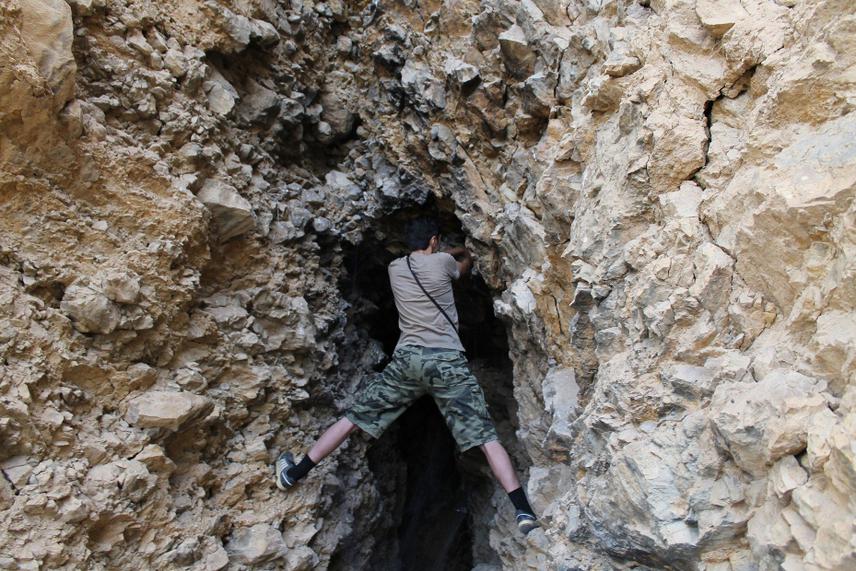Grigor Janoyan
Project aims to implement a research on finding and protecting the habitat and mating territories of Armenian Whiskered Bat (Myotis hajastanicus), IUCN ver. 3.1 Categorized as Critically Endangered D (estimated population less than 50 mature individuals). Target of the project is to locate species population placement and organize protection operations of the species.

Two main practical outputs are set for this project: 1) the identification and exact mapping of habitat of Armenian Whiskered Bat; 2) the application of PRACTICAL protection measures in the identified area by physical protection of the habitat that will ensure sustainable development and regeneration of the species population on a long-term basis. On the other hand, to assure a sustainable protection of the species, awareness raising of local population that actually deals with the habitat in its everyday life will be performed. As the project concentrates on the protection of an endemic species of Armenian Whiskered Bat (Myotis Hajastanicus - status of Critically Endangered (CR) by IUCN Ver. 3.1) the protection means are solely oriented on the conservation of this species and the conservation benefits will be actual for Armenia only. However, as have been mentioned, Armenia is listed as one of the 34 Biodiversity Hotspots by Conservation International, therefore the conservation of its endemic flora and fauna will result in global environmental conservation benefits.
The overall importance of the project is additionally supported by regional environmental status being listed as one of the 34 Biodiversity Hotpots by Conservation International. However, as species and its habitat have gone out of the attention of WWF Caucasus Ecoregion Conservation Plan (2010, rev. 2012), additional conservation projects/means are required to correctly monitor/research and review the species status.
After the completion of the project the breeding area and close range of habitat of the Armenian Whiskered Bat will be under constant protection. This will enable to continue researches and identify the population growth dynamics during annual researches on stable basis. It will be worked towards involvement of local authorities to directly contribute to the species protection by several protection means. The area and species will serve as a perfect spot for Biology/Zoology students and researchers for the species protection. Latter will actively be implemented to attract growing professionals and researchers to the protected area for monitoring/research and education.